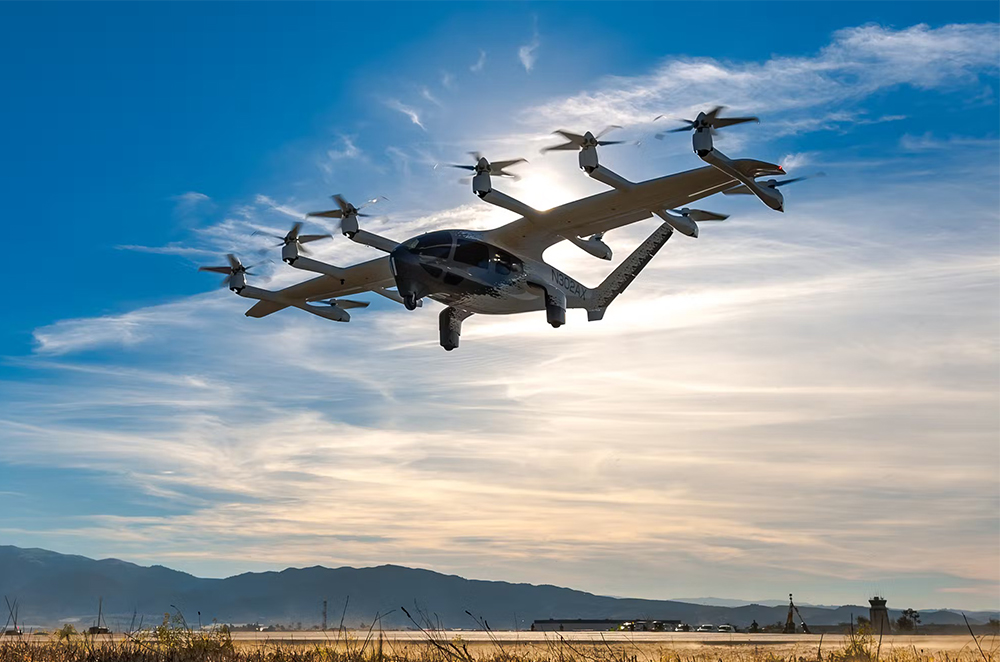California-based Archer Aviation, a developer of electric vertical takeoff and landing (eVTOL) aircraft, has a Space Act Agreement with NASA for a joint project that will initially focus on studying high-performance battery cells and safety testing for applications in the fields of advanced air mobility (AAM) and space.
NASA aims to test Archer’s battery cell and system design and to publish the results for the purpose of advancing the AAM industry. Improved battery technology is key to this industry for eventual mass production and adoption of electric aviation.
Archer plans to supply a high-performance, safe battery pack designed for its production Midnight electric air taxi, validating that the cells are suitable for eVTOL and electric conventional take-off and landing (eCTOL) aircraft as well as potential use in space. Archer says its cylindrical battery cell form factor has a track record of safety, performance and scalability proven over decades of volume manufacturing and use in diverse applications, including in millions of EVs.
NASA and Archer will conduct high speed X-ray tests on Archer’s cells at the European Synchrotron Radiation Facility in Grenoble, France, to study how they perform under conditions of extreme abuse.
“AAM promises to transform how urban and rural communities live and commute by maximizing mobility, bolstering cargo and logistics options, and creating pathways to manufacturing jobs. Core to unlocking this potential is designing, developing and mass producing batteries and electric motors that are purpose-built for electric aircraft,” Archer stated.
Source: Archer


















































































